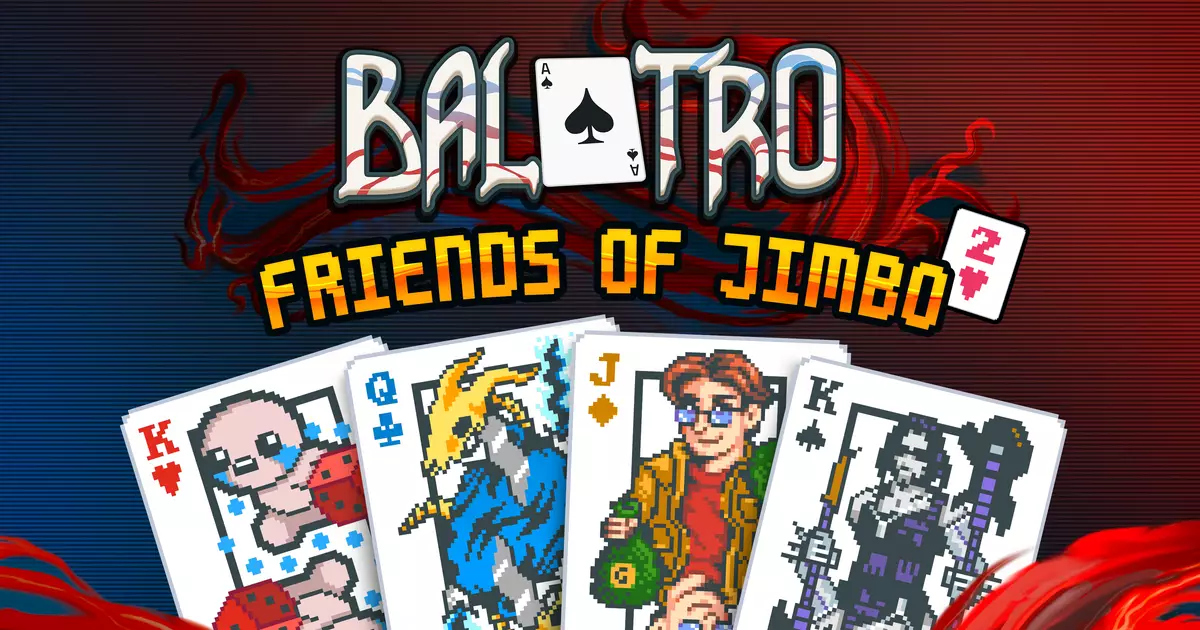In today’s gaming landscape, players find themselves at a crossroads between engaging experiences and their potential for excessive consumption of time. I recently dabbled in Balatro, a whimsical card game that promises enjoyment wrapped in colorful aesthetics. For a fleeting hour, I savored its offerings before deciding to uninstall it. Recognizing the all-too-familiar snare that games like these can set, I questioned whether perhaps some gamers possess the resilience to resist its allure. The very prospect of its new update, which introduces themed card visuals inspired by popular games like *Stardew Valley* and *Cyberpunk 2077*, emphasizes Balatro’s strategy of appealing to nostalgia and familiarity. These cosmetic enhancements, while visually appealing, are a reminder that the game’s core mechanics remain unchanged, leaving players to wonder if these modifications truly enhance the experience or merely serve as an enticing distraction.
One notable aspect of Balatro’s recent updates includes a new “Customize Deck” feature, which allows players to toggle between the original and new card art. This kind of customization may seem mundane, but it taps into a larger trend within gaming where visual personalization fosters a deeper connection to the game. Yet, the crux remains: does customization dilute the essence of gameplay, or does it breathe new life into it? As I pondered this while navigating the deck customization menu, I realized that the true appeal of Balatro, as highlighted by other reviewers, lies ironclad in its underlying mechanics—a mathematics playground masked as a card game.
RPS’s resident critic, Katharine, passionately extolled the virtues of Balatro in her review, likening it to an exercise in mastering and manipulating its in-game systems. Her commendation notes that Balatro provides players with an arsenal of strategies to conquer its challenges, instilling a sense of triumph amidst deceptively insurmountable odds. Lauding its ability to transform the numeric experience into sheer joy, she implies that the game invites players to push their boundaries and embrace their competitive spirit. Yet, this begs a critical question: how does one reconcile the need for progression with the far more pressing need for balance in life? Katharine’s enthusiasm is infectious, but it leaves me wary of the game’s potential to commandeer hours without notice.
While Balatro’s charm and dopamine-driven cycle of achievement are compelling, I remain resolved in my decision to step away after only a brief fling with it. Even the excitement surrounding its updates—such as the first Friends Of Jimbo update that brought in card designs evoking *Among Us* and *Vampire Survivors*—is not enough to transfix me long-term. As enjoyable as her portrayal of Balatro is, I am left in silent contemplation, pondering whether I can trust my own impulses in a game that thrives on perpetual engagement.
In essence, while Balatro offers a delightful romp through numerically-driven challenges, the prospect of managing a game that continually beckons for more of my finite time will always be a debate worth having—one I prefer to win by stepping back rather than succumbing.


Leave a Reply
You must be logged in to post a comment.